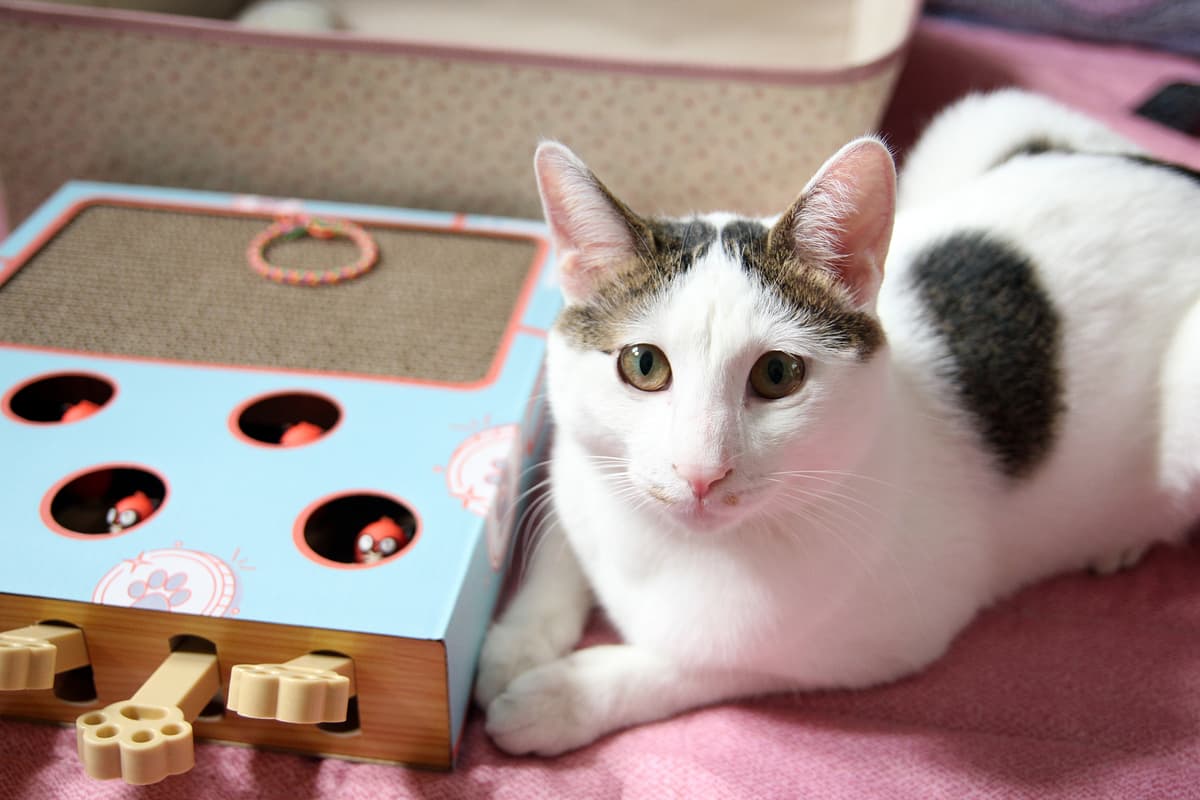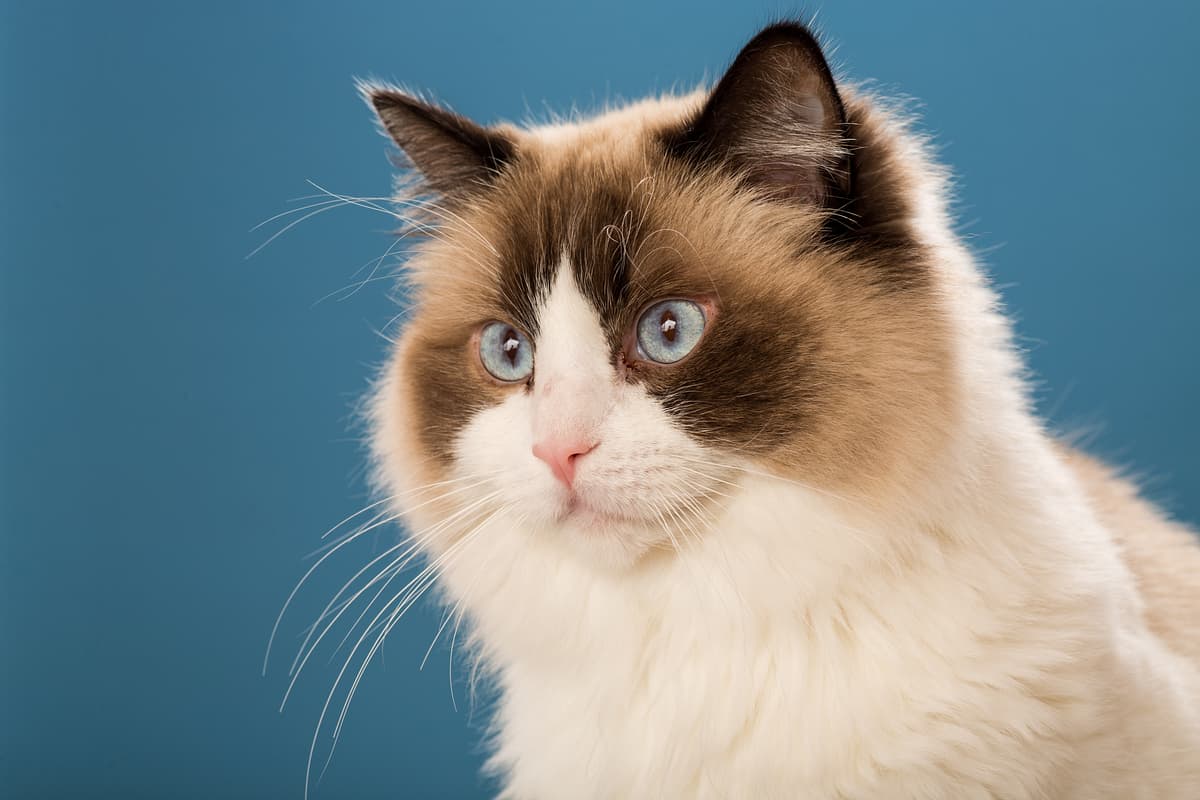Japanese Bobtail vs Ragdoll
Discover the differences between Japanese Bobtail and Ragdoll to make the best choice for your situation.
Try different breeds

Japanese Bobtail
Lively, playful, and affectionate, this breed charms with its expressive eyes and signature pom-pom tail. Adaptable and social, it thrives as an interactive and loving companion.

Ragdoll
Gentle, affectionate, and known for their striking blue eyes, Ragdolls thrive as loving companions. Their relaxed nature makes them perfect for families and those seeking a calm feline friend.
Quick comparison
Medium
2.5–4 kg
Shorthaired, silky
9–15 years
2–3.5 kg
High energy
Large
6–9 kg
Longhaired, silky
12–16 years
4–6 kg
Low activity needs
Personality & behavior
Compare the personality traits and behavioral characteristics of both breeds.
Japanese Bobtail
Outgoing and affectionate with people and pets
Learns quickly and solves simple problems
Enjoys active play and exploring spaces
Engages in games and interactive activities
Adjusts well to new environments and changes
Ragdoll
Affectionate and gentle with people and children
Learns routines and simple tricks quickly
Prefers lounging over frequent active play
Enjoys interactive toys in short sessions
Adjusts well to new environments and changes
Care needs
Exercise, grooming, and daily care requirements
Japanese Bobtail
Tail kink, obesity
Ragdoll
Hypertrophic cardiomyopathy, bladder stones
Suitability
How well each breed fits different living situations and families
Japanese Bobtail
Great choice
Japanese Bobtails are friendly, adaptable, and easy to care for as first pets.
Highly suitable
Their playful nature works well in smaller apartment spaces.
Perfect fit
They thrive in homes with lots of activity and playtime.
Very friendly
They are gentle and sociable, making them safe around young children.
Well-adjusted
Japanese Bobtails usually get along with other pets.
Not ideal
They dislike being left alone and may become bored or anxious.
Ragdoll
Highly suitable
Gentle temperament and easygoing nature make Ragdolls easy for beginners to manage
Perfect fit
Ragdolls adapt well to smaller spaces and are generally quiet and calm indoors
Not ideal
They are not especially energetic and may not match fast-paced or highly active lifestyles
Great choice
Their tolerant and patient nature makes them safe companions for families with young children
Very friendly
Ragdolls are sociable and typically get along well with other pets in the household
Prone to anxiety
They dislike being left alone for long periods and may develop stress or behavioral issues
Breed strengths
What each breed excels at and their best qualities
Japanese Bobtail
- Playful and energetic nature
- Strong social bonds with family
- Adaptable to new environments
- Generally robust health and longevity
- Low grooming needs due to short coat
Ragdoll
- Gentle and calm temperament
- Tolerant of handling and children
- Typically gets along with other pets
- Low tendency for aggression or scratching
- Affectionate and enjoys human company
Challenges & considerations
Potential challenges and considerations for each breed
Japanese Bobtail
- Can be vocal and attention-seeking
- May dislike being left alone
- Needs regular interactive playtime
- Prone to stress in noisy settings
- Can be persistent in seeking attention
Ragdoll
- Prone to certain genetic heart conditions
- Requires regular grooming for long coat
- May develop obesity without exercise
- Slow to mature, both physically and emotionally
- Not suited for unsupervised outdoor life
Ready to choose your perfect breed?
Learn more about each breed or compare other breeds to find the perfect match for your lifestyle.
Discover more helpful tools
Make use of our other free tools to get the most out of your pet experience

